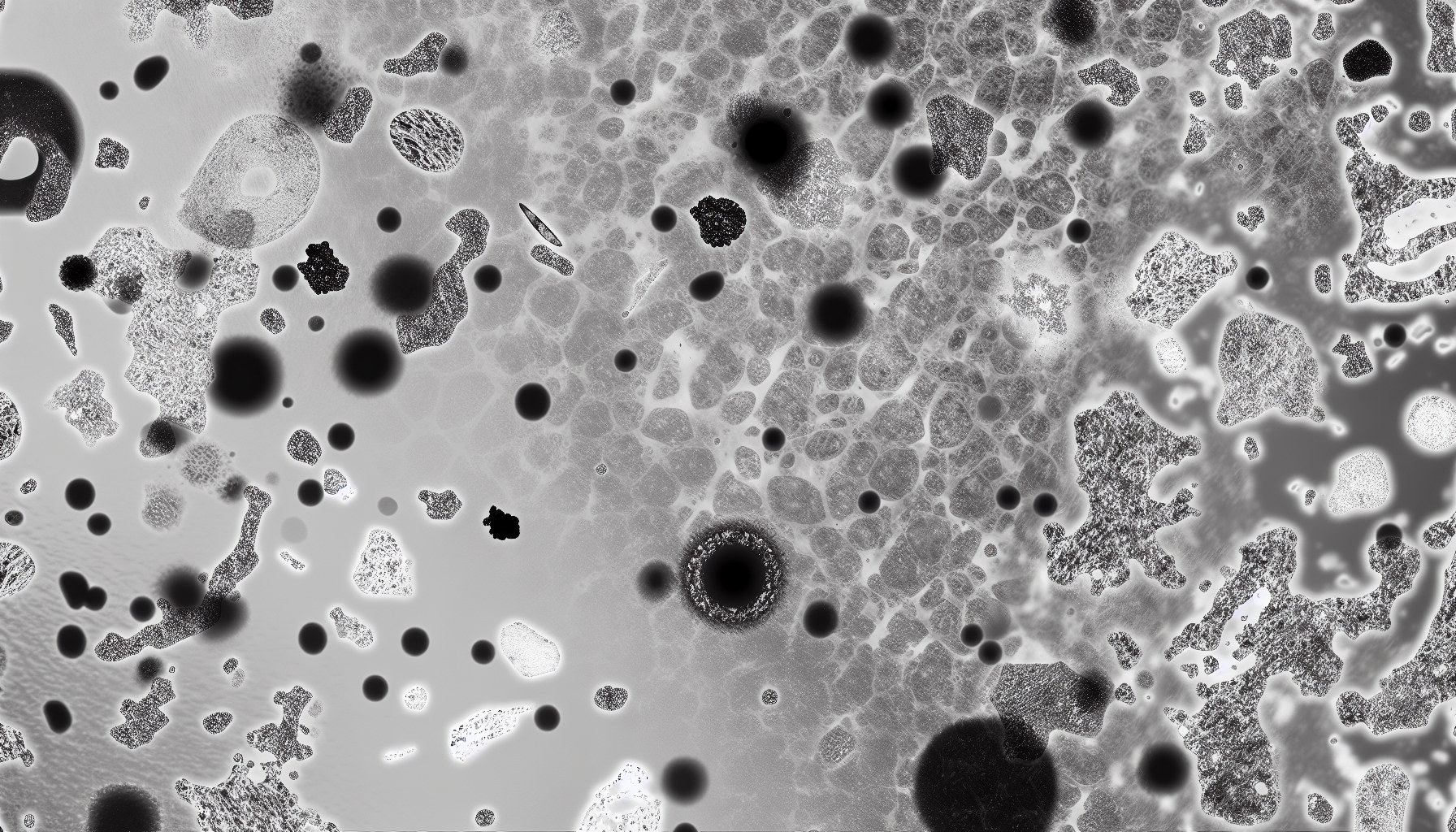The vertical laminar flow hoods are highly specialized equipment that allow to obtain a sterile and safe area for any need that is required within a laboratory. They constitute a space; which, through a specific air treatment; allows working in an area with strict control of non-road particles. This type of equipment is used for certain processes where extreme contamination control is needed.
Typically, these systems are used for microbiological control procedures; packaging process, sterile filling; but in no way should they be used for processes involving strains of contaminating biological agents; whether they are known or not. For these cases there are biological safety cabinets, prepared for the protection of the product / process, the operator and the environment.
These equipments are, broadly speaking, spaces subjected to specific air treatments, which makes it possible to create areas with strict control of suspended particles. Its operation consists of creating “air barriers”, which allows it to flow at a constant speed in a single direction – thus eliminating turbulence – something that is also known as laminar air flow.
Cleaning in these ventilated rooms is due to the use of HEPA filters, which trap the particles carried by the air flow. They are 99.995% efficient for 0.3 µm particles, providing clean and constant air at a speed of 0.3 to 0.5 meters per second.
How does a vertical laminar flow hood work?
Laminar flow hoods contribute to the recirculation of clean air in the environment where they are located; being that they have a continuous work of air renewal. Let’s not forget that they take it from their environment; They filter it and return it to the environment with an extra stage of absolute filtration, and this process is constant.
In the case of laminar flow hoods, the constant, continuous air outlet velocity and homogeneous distribution through HEPA filters, allows the particles generated in the work area to be displaced, causing a sweeping effect out of said area. This mechanism achieves a grade A workspace with a very low concentration number of different sized particles.
In the horizontal laminar flow cabinet the filtered air comes from the rear of the enclosure. It passes through the main chamber in a horizontal unidirectional stream and is expelled through the front opening. On the other hand, in the vertical laminar flow cabin the clean air comes from the ceiling, and the filtrate passes through the main chamber of the enclosure with a unidirectional flow towards the floor. Later it is expelled by the front opening of the enclosure.
The difference between both types of enclosures is that, in horizontal laminar flow cabinets, there is a slightly lower number of turbulences, since the air current does not impact so directly on the product itself. On the other hand, vertical laminar flow cabinets offer more adequate protection for operators, making them more convenient if we work with potentially dangerous agents.
Why should I use a laminar flow hood?
Now, if we understand that the laminar flow system provides us with a work area free of polluting particles; that in addition, the site environment will benefit from continued use; as well as the use of a controlled environment will be advantageous for the operation of the system.
At Kalstein we are MANUFACTURERS and we offer you innovative vertical laminar flow cabinets at the best PRICES. That is why we invite you to take a look HERE




